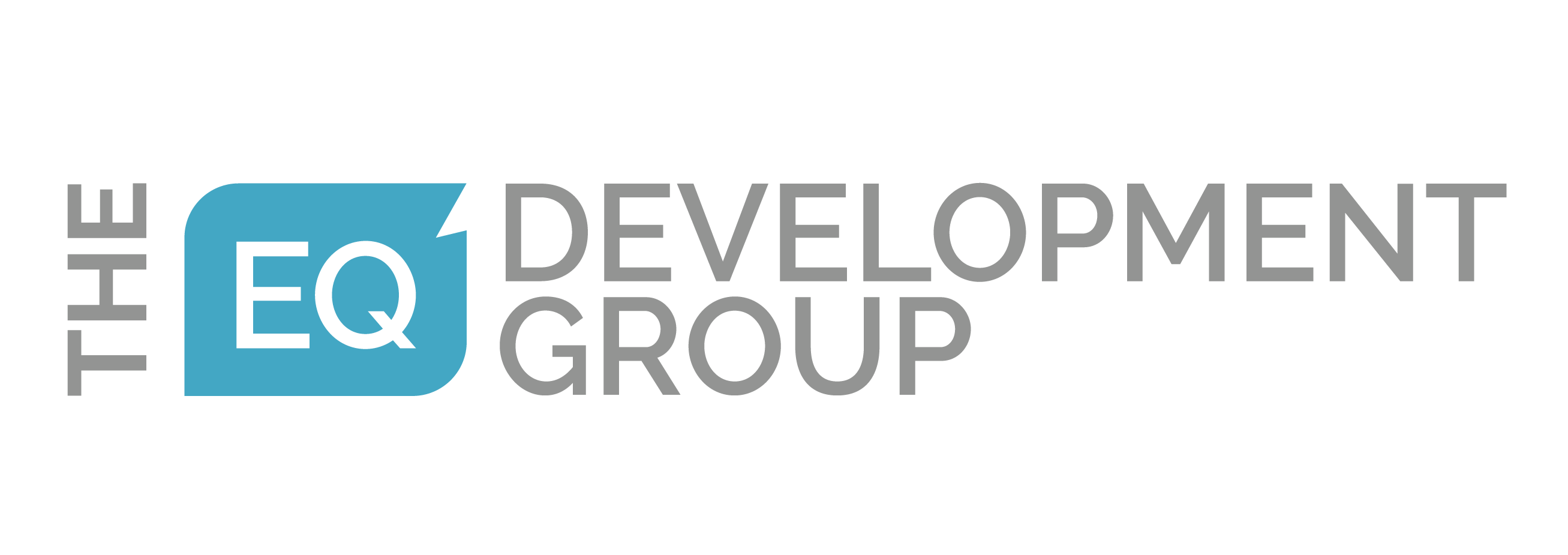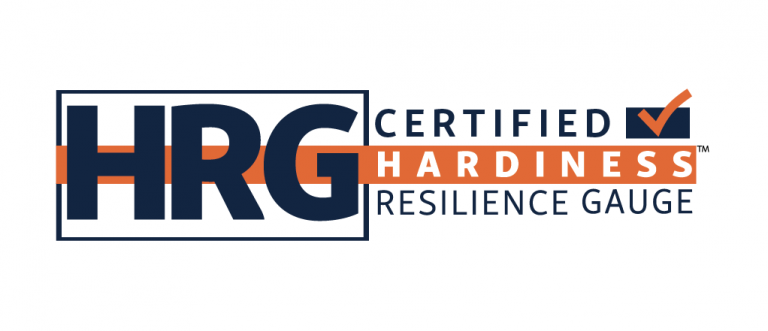Tips For Debriefing 360 Feedback
In my last blog posting I offered some tips for administering 360-degree feedback tools. In this posting I will cover some of the lessons I have learned from debriefing 360 feedback with clients:
- Explain the construct before you explain the results – Best practice dictates that when preparing a subject to undertake a 360 process that you explain what data will be collected, and what the report will look like. Sample reports are a great learning tool so I recommend always providing a sample report to subjects. However, you shouldn’t expect that come debrief time the subject will remember the details of the construct underlying the report. And even if they do, a refresher never hurts. It sets the platform for the rest of the debrief, so no matter how keen the subject (or you) are to get to the results, always take a few minutes to talk about whatever model or framework the tool is based on. If you are using an interview based 360 recap with the client the questions you asked, why you and the subject asked those questions etc. It’s also a great way to get the conversation rolling before you delve into the actual results.
- Interpret thoroughly – Debriefing a 360 is a process and the more you work with a tool the more you will learn about the nuances of the report. For example, some tools (like the EQ360) allow you to compare between rater groups. Where big differences appear in scores, this can open up a conversation about how the subject might be showing up differently in different groups. Other tools allow you to identify differences within groups as well. Within group differences, when present, enable you to ask coaching questions around why certain individuals within a group might be experiencing the person in a different way than others. These are rich conversations that go far beyond the basic ‘lowest and highest’ 360 debriefs that, I believe, do not give full value to the client. They key to a thorough interpretation is solid preparation. Make sure you allocate enough time to go through the report looking for patterns and useful points. Simply scanning the report 5 minutes before the debrief session will not be enough.
- Allocate enough time for the full-text responses – Many 360 tools allow for full-text feedback collection from raters. Often this full text feedback contains some of the most valuable information in the report. Perhaps it reinforces some of the information in the report, or it provides some context to the numerical data that helps the subject to understand response patterns. Don’t shortchange the Subject by squeezing the time available to discuss this data. Session management is an important consideration in any 360 debrief, and setting aside time for discussion of the text feedback should be part of that process.
- Split the debrief – This is something I started doing a few years back and have now made it a standard practice. The reality is that most 360 reports contain too much information and data than can be realistically processed in one session. I favor providing the client with one shorter debrief session (for the EQ360 I go 1.5 hours), followed by a second debrief (1-hour) session 36-48 hours after. In the first session I focus on explaining how to read the report, and also an initial review of the data. The client then gets to go away, read the report in detail (I never provide 360 reports prior to debrief sessions), process the information, and come back for a more detailed discussion about next steps and action planning. There are certain situations where this 2-step approach may not be necessary such as when the client is entering into an ongoing development process, but for the assessment debrief, I have found the 2-step process to work best.
- Always Offer Follow up – In some cases 360’s are administered as part of a longer term developmental relationship that might include coaching, mentoring, or other types of support (which I strongly recommend – a 360 without development support rarely creates significant and long-lasting impact). Irrespective, always offer the Subject the chance for a follow up call or check-in. It often takes people a while to fully digest their 360 results, and questions do come up from time to time that require clarification or additional information. Leaving an open door for follow up demonstrates support to the Subject, and is, I believe, a professional responsibility that comes with work of this nature.
I hope you find these tips useful as you plan and conduct your own 360 debriefs.




